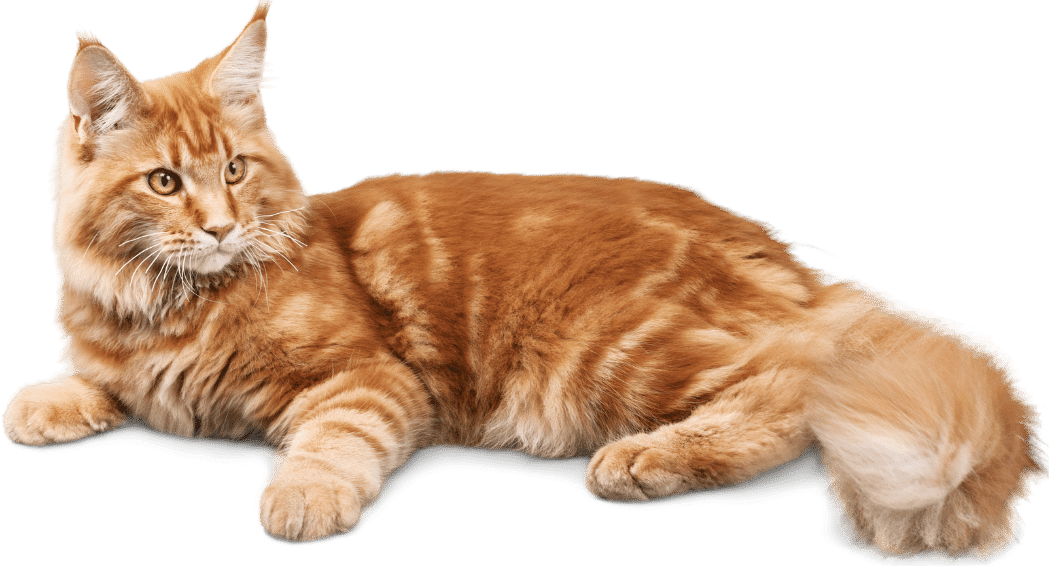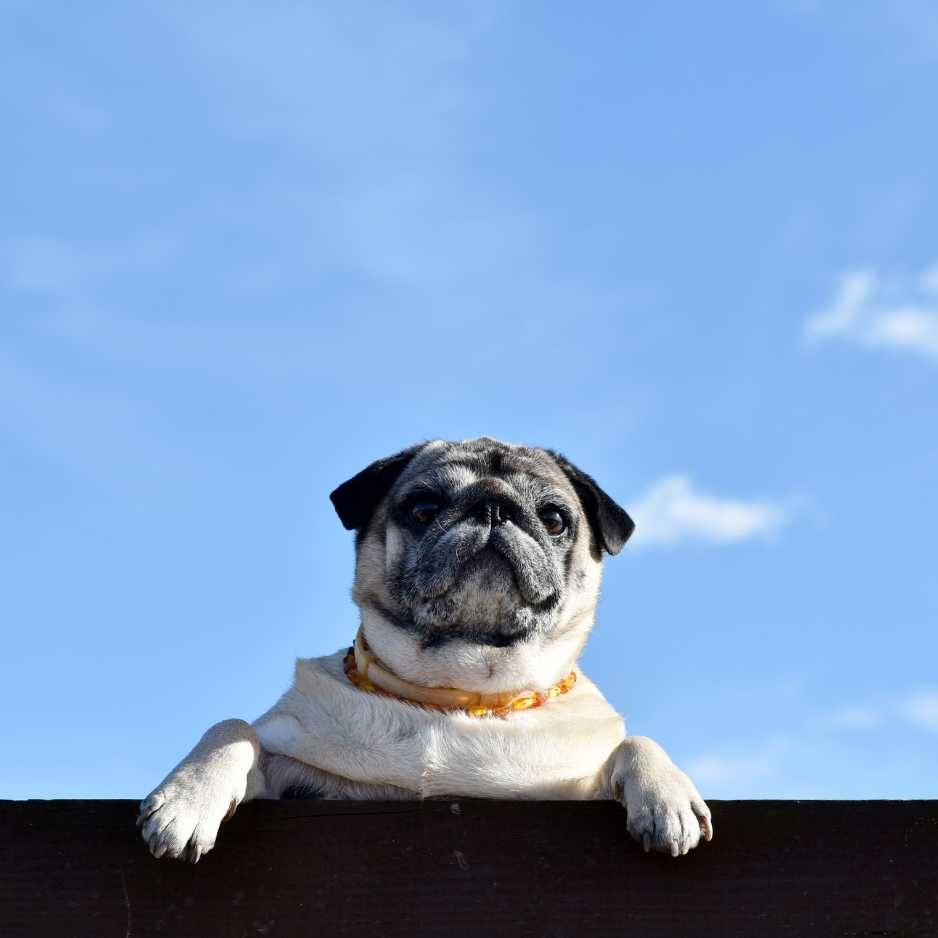Pugs are not just another dog breed; they’re a unique blend of charm, humor, and affection wrapped in a small, sturdy package. Their distinctive looks and playful nature make them a favorite among dog lovers worldwide. In this extensive overview, we will delve into the world of Pugs, exploring their history, characteristics, care needs, common health issues including breathing problems, and even their price in India. Whether you’re a current Pug owner or considering adding one to your family, this comprehensive blog will provide valuable insights and practical tips to ensure your Pug leads a happy and healthy life.
What Makes Pug So Special?
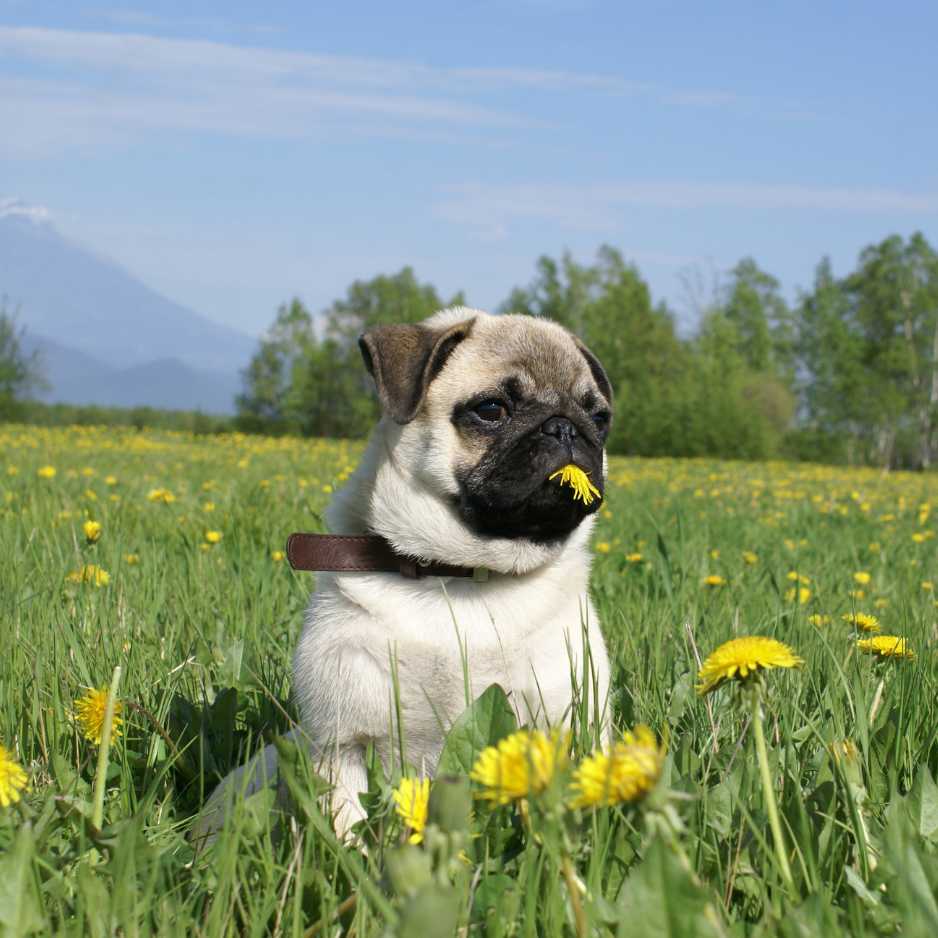
Distinctive Appearance
Pugs are instantly recognizable due to their unique appearance:
- Facial Features: They have a flat, wrinkled face with large, round eyes that give them an expressive look. Their iconic pushed-in nose and prominent eyes make them stand out.
- Body Structure: Pugs have a compact, muscular body with a square build. Their short legs and sturdy frame contribute to their robust appearance.
- Coat and Color: Their coat is smooth and short, requiring minimal grooming. Pugs come in various colors, including fawn, black, and silver.
Personality Traits
Pugs are known for their distinctive personality traits:
- Affectionate Companions: They thrive on human interaction and are known for their loving nature. Pugs are excellent lap dogs and enjoy cuddling with their owners.
- Playful and Energetic: Despite their small size, Pugs have a lot of energy and enjoy playing with toys and engaging in interactive games.
- Mischievous and Entertaining: Pugs have a playful side that often leads to amusing antics and a mischievous sense of humor. Their lively behavior can provide endless entertainment.
The History of Pug
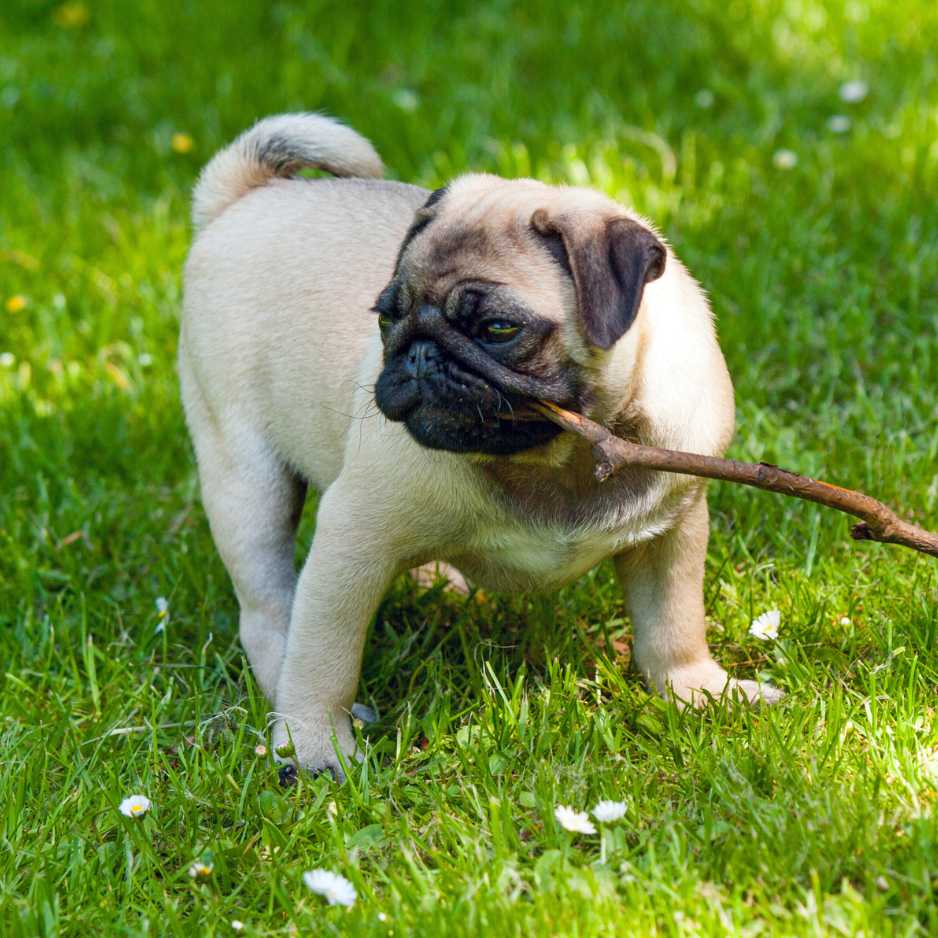
Pugs have a rich and storied history:
- Origins: Pugs originated in ancient China, where they were highly valued by Chinese emperors and nobility. They were kept as lap dogs and were considered symbols of good fortune.
- European Arrival: Pugs made their way to Europe in the 16th century, where they were embraced by European royalty. They became popular pets in royal courts and continued to be favored companions.
How to Care for Your Pug
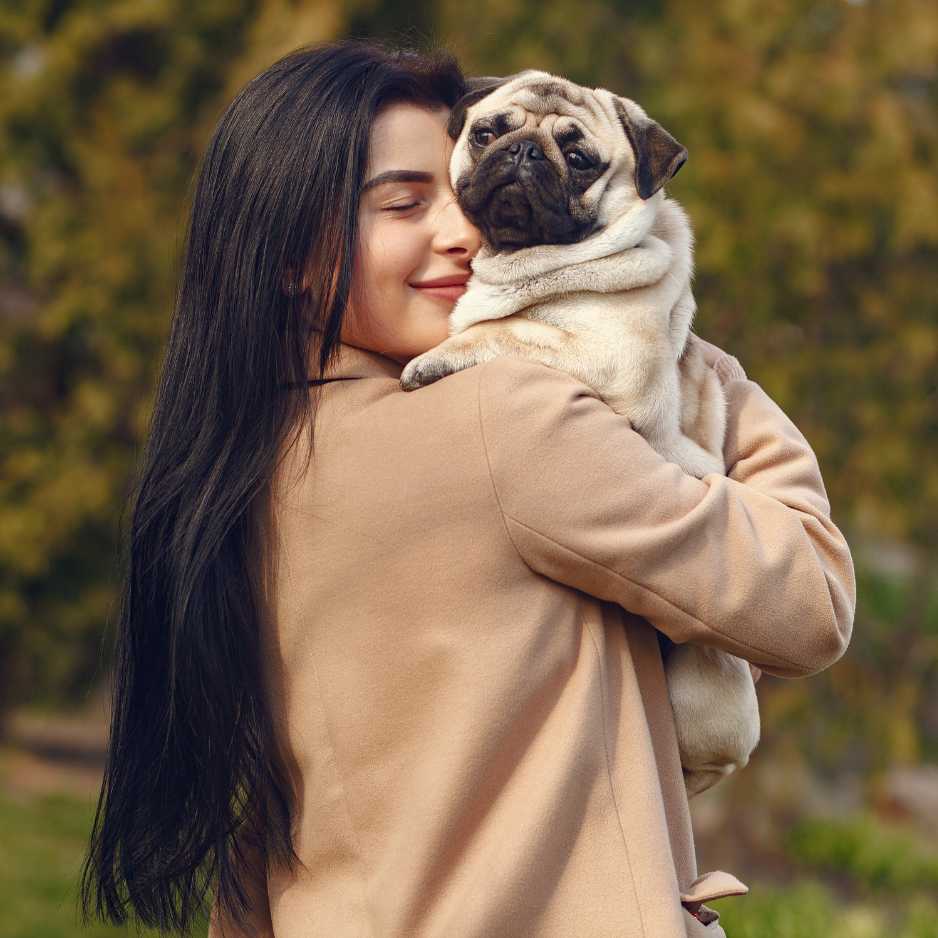
Grooming Essentials
Maintaining your Pug’s appearance and health involves regular grooming:
- Brushing: Pugs shed throughout the year, so regular dog brushing helps manage loose hairs and reduces shedding. Use a grooming mitt or a rubber brush to remove dead hair and keep their coat smooth.
- Bathing: Pugs don’t require frequent baths, but occasional baths with a mild dog shampoo will help keep their coat clean and fresh. Avoid over-bathing to prevent skin dryness.
- Cleaning Skin Folds: The wrinkles on a Pug’s face need regular cleaning to prevent infections. Use pet wipes to gently clean between the folds, and make sure they are thoroughly dried to avoid moisture buildup.
- Nail Trimming: Trim your Pug’s nails every 3-4 weeks to prevent them from becoming too long and causing discomfort. Regular nail trimming for dog also helps avoid scratching and damage to floors.

Diet and Nutrition
A balanced diet is crucial for your Pug’s overall health:
- High-Quality Food: Choose a premium dog food that lists meat as the first ingredient. Avoid foods with fillers and artificial additives. Ensure the food is appropriate for their age, size, and activity level.
- Portion Control: Monitor your Pug’s weight and adjust their food portions accordingly. Pugs are prone to obesity, so avoid overfeeding and follow the feeding guidelines provided by the food manufacturer.
- Hydration: Always provide fresh, clean water. Proper hydration is essential for maintaining good health. Consider using a dog bowl to encourage your Pug to drink more.
Exercise and Activity
Regular exercise is important for your Pug’s physical and mental well-being:
- Daily Walks: Short, moderate walks with a good dog harness are ideal for Pugs. Aim for 20-30 minutes of walking each day, adjusting the duration based on your Pug’s age and energy level.
- Playtime: Engage your Pug with interactive dog toys, such as balls and treat-dispensing puzzles. Playtime helps prevent boredom and provides mental stimulation.
- Avoid Overexertion: Pugs can be sensitive to extreme temperatures. Avoid exercising in hot or humid weather and provide a cool, shaded area for rest.
Health Considerations for Pugs
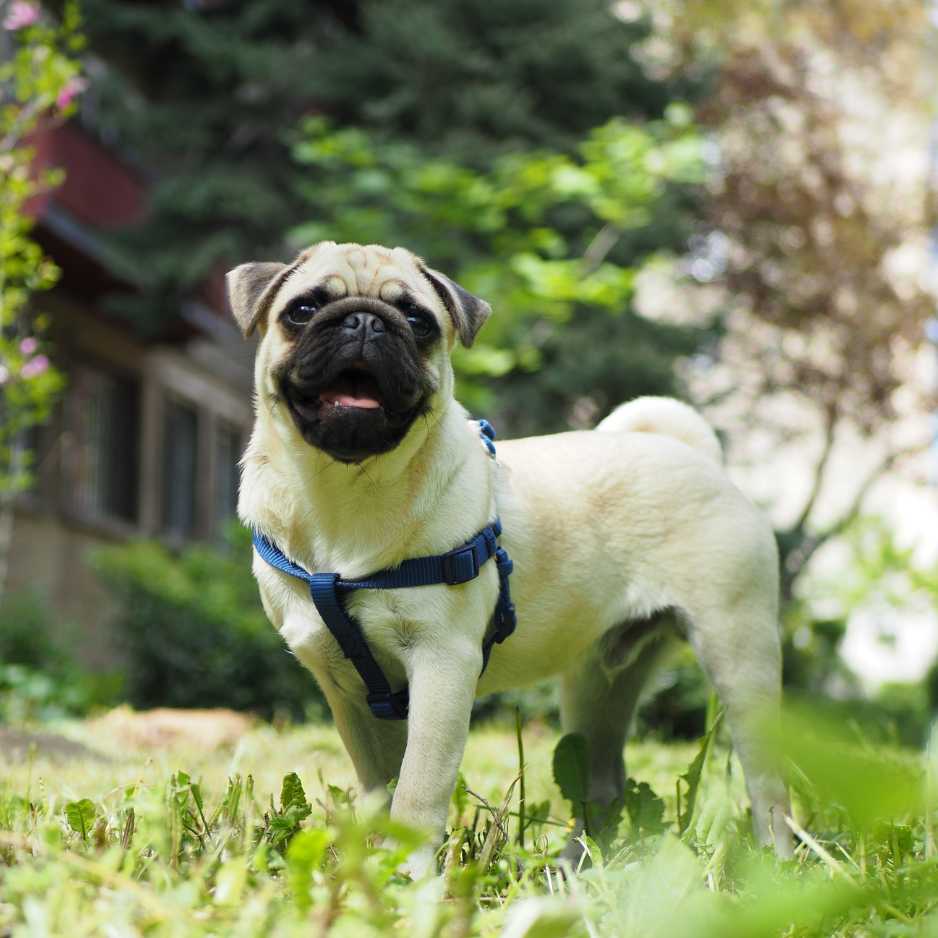
Pugs are prone to certain health issues due to their unique physical traits:
Breathing Problems
Pugs have a brachycephalic (flat-faced) structure, which can lead to breathing issues:
- Brachycephalic Obstructive Airway Syndrome (BOAS): This condition is common in Pugs due to their short snouts. BOAS can cause symptoms like noisy breathing, snoring, and difficulty breathing, especially during exercise or in hot weather. It’s important to monitor your Pug’s breathing and consult your vet if you notice any signs of respiratory distress.
- Managing Breathing Issues: To help manage BOAS, keep your Pug in a cool, well-ventilated environment and avoid strenuous exercise during hot or humid conditions. Regular vet check-ups are crucial for monitoring and managing breathing problems. Your vet may recommend surgical interventions or treatments if needed.
Other Health Concerns
- Eye Problems: Pugs are prone to eye conditions like corneal ulcers and dry eye. Regularly check their eyes for any signs of redness or discharge and consult your vet if you notice any issues.
- Hip Dysplasia: This genetic condition affects the hip joints and can lead to arthritis. Maintain a healthy weight for your Pug and provide joint supplements if recommended by your vet.
- Skin Infections: The folds on a Pug’s face can trap moisture and debris, leading to skin infections. Regular cleaning and proper drying of the skin folds are crucial for preventing infections.
Regular Veterinary Care
Routine vet visits are essential for monitoring your Pug’s health:
- Check-Ups: Schedule annual vet visits for general health check-ups. Your vet will assess your Pug’s overall condition, including weight, dental health, and any signs of illness.
- Vaccinations: Keep your Pug up-to-date on vaccinations to protect against common diseases. Discuss with your vet which vaccines are necessary for your Pug.
- Parasite Prevention: Regularly administer flea, tick, and worm prevention as recommended by your vet. Even indoor Pugs can be exposed to parasites.
Creating a Loving Home for Your Pug
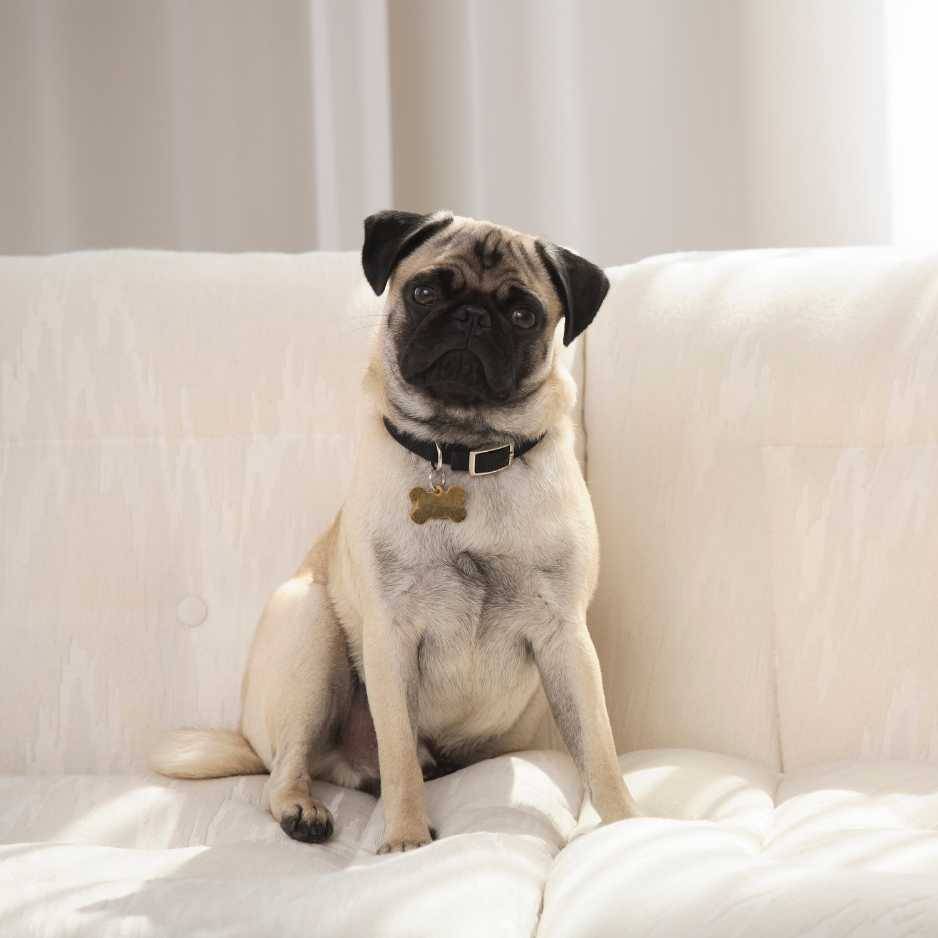
Comfort and Safety
Ensure your Pug’s environment is safe and comfortable:
- Sleeping Area: Provide a cozy, comfortable bed in a quiet area of your home. Pugs enjoy having a dedicated space where they can relax and feel secure.
- Temperature Control: Pugs are sensitive to extreme temperatures. Keep your home at a comfortable temperature and avoid exposing them to direct heat or cold drafts.
- Home Safety: Remove hazards such as toxic plants, small objects that could be swallowed, and chemicals. Ensure your home is safe and free of potential dangers.
Training and Socialization
Training and socialization are key to a well-behaved and confident Pug:
- Basic Training: Teach your Pug basic commands, such as sit, stay, and come. Use positive reinforcement methods, such as treats and praise, to encourage good behavior.
- Socialization: Expose your Pug to different people, pets, and environments to help them become well-adjusted. Socialization helps prevent fearfulness and promotes good behavior.
The Cost of Owning a Pug in India
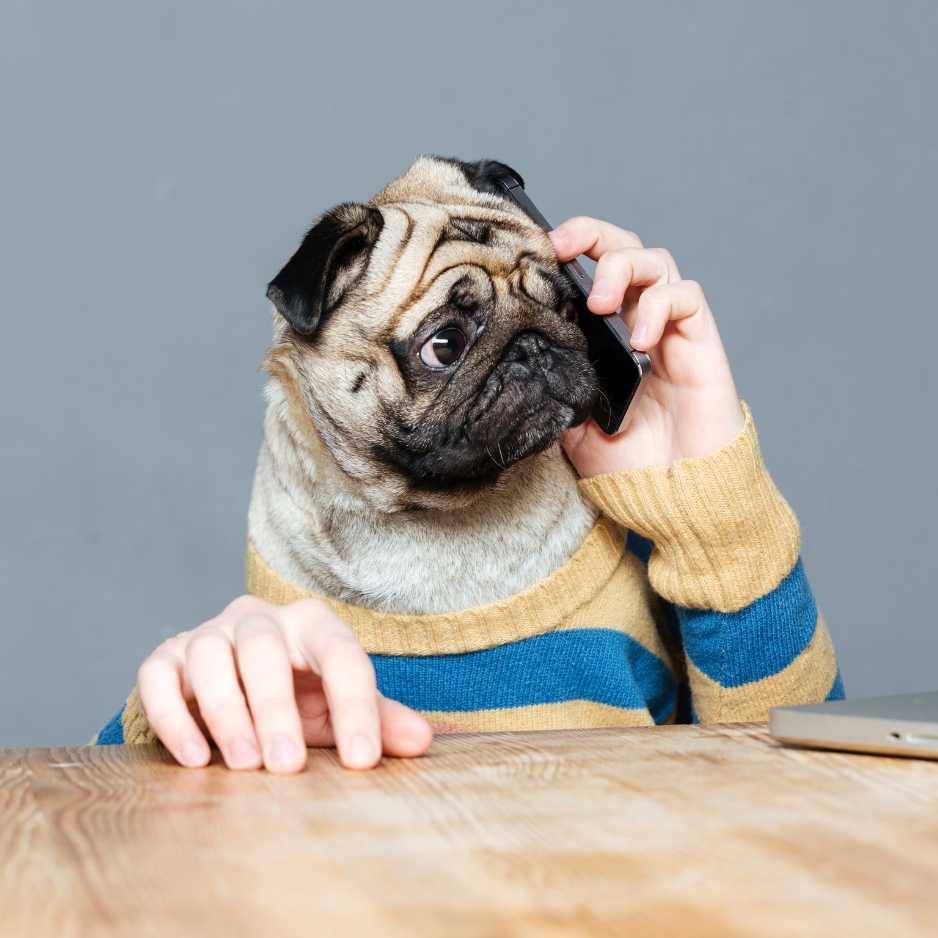
If you’re considering bringing a Pug into your family, it’s important to be aware of the costs involved:
- Purchase Price: In India, Pugs typically cost between ₹30,000 to ₹50,000, depending on the breeder, lineage, and the dog’s specific characteristics. Puppies from champion bloodlines or with exceptional traits may be priced higher.
- Initial Expenses: Besides the purchase price, you should budget for initial expenses such as vaccinations, microchipping, and initial grooming.
- Ongoing Costs: Regular costs include food, grooming, vet visits, vaccinations, and preventative care. On average, maintaining a Pug may cost around ₹15,000 to ₹25,000 annually, depending on their health and care requirements.
Bonding with Your Pug
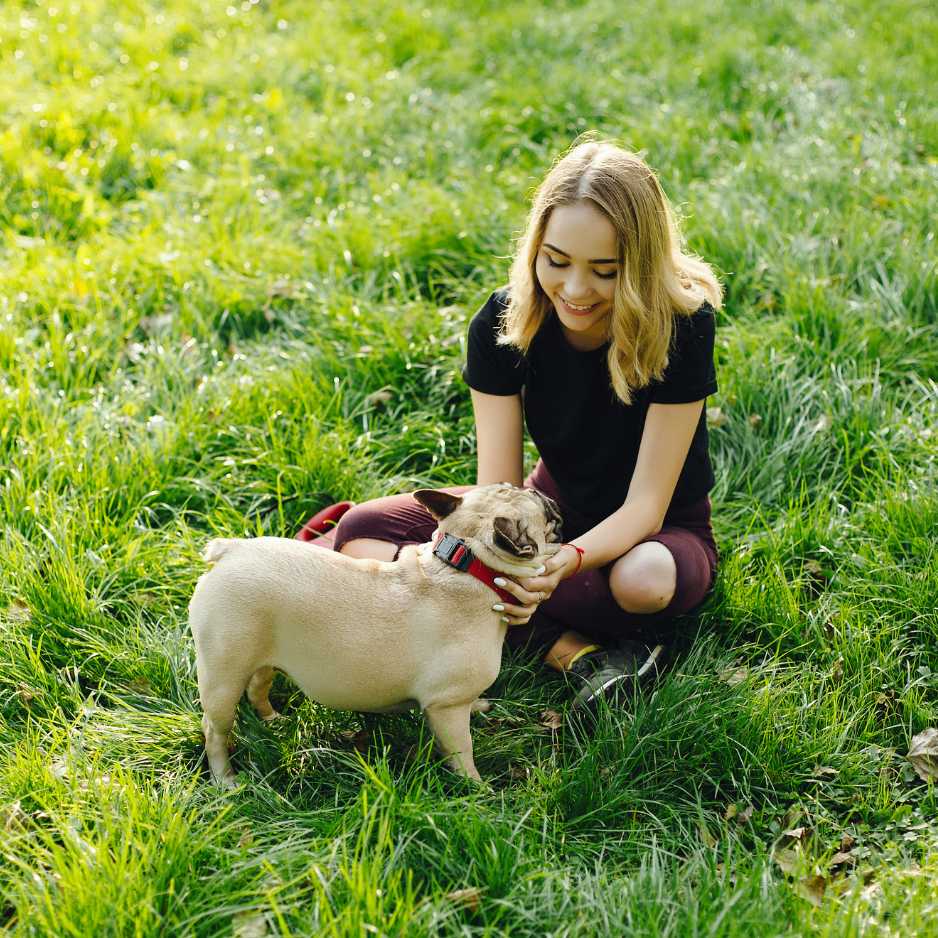
Building a strong bond with your Pug involves spending quality time together:
- Play and Interaction: Engage in interactive play to strengthen your relationship. Activities like fetch, tug-of-war, and puzzle toys are great for bonding.
- Affection: Pugs thrive on affection and love. Regularly pet and cuddle with your Pug to reinforce your connection and provide emotional comfort.
- Training: Training sessions not only teach your Pug new skills but also strengthen your bond. Make training sessions enjoyable and rewarding for your Pug.
Conclusion
Pugs are exceptional pets known for their affectionate nature, playful personality, and unique appearance. Understanding their specific needs and providing proper care will ensure they live a long, happy, and healthy life. From grooming and diet to exercise and health care, every aspect of Pug ownership contributes to their overall well-being. By embracing their quirks and meeting their needs, you’ll enjoy a fulfilling and joyful relationship with these charming dogs.


